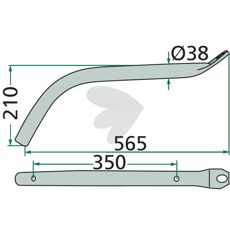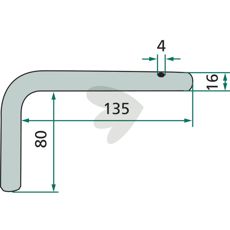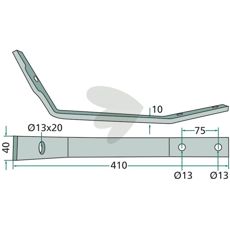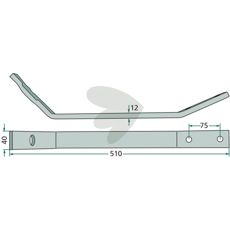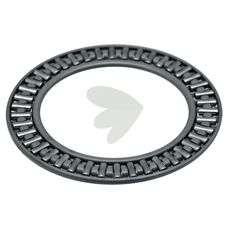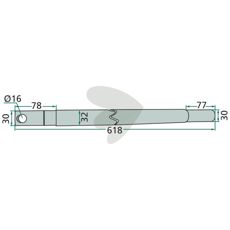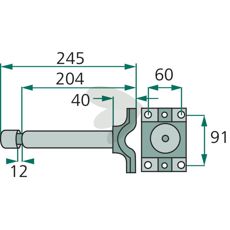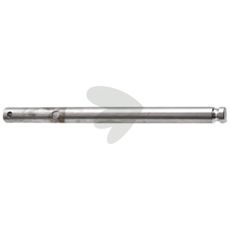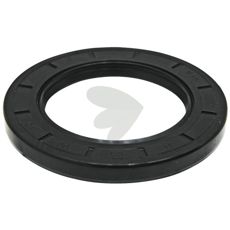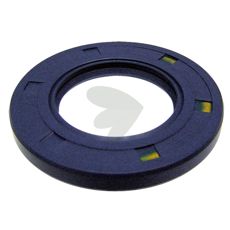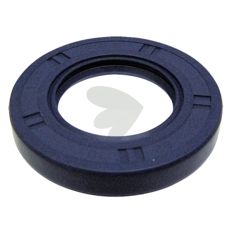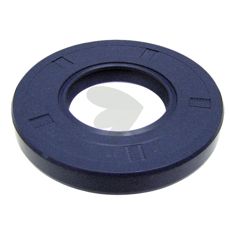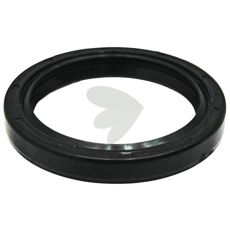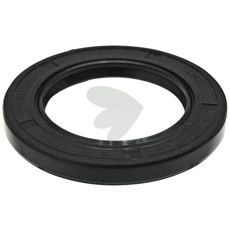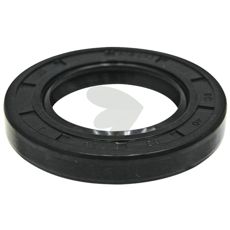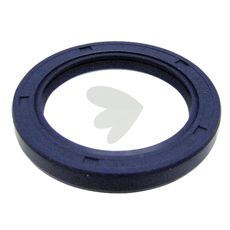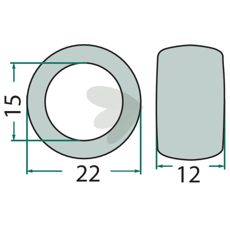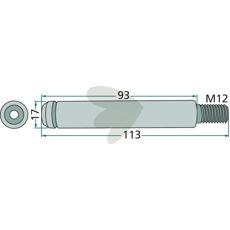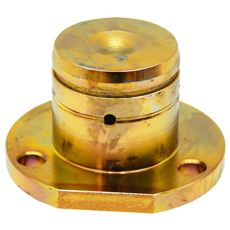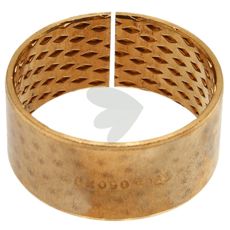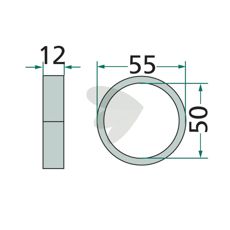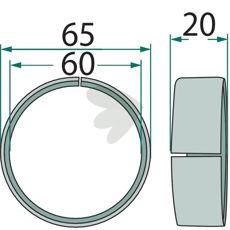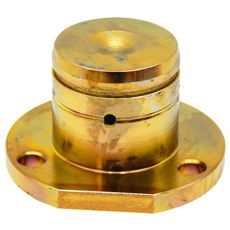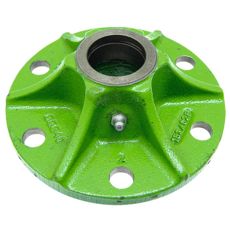At our place, you will find hay tines, axles, hubs, rotor arms, rims, and much more for your hay tedder. We have parts for many different brands and models such as JF Stoll, Krone, Kongskilde, Ylö, Taarup, Pöttinger, and many more. We offer a wide range of high-quality parts for all types of hay tedders, including hay tines, pin arms, power transmission, spring tines, and much more. Our hay tines, both timber and for modern hay tedders, are designed to meet your specific needs. Whether you have an older hay tedder or a modern machine, you will find the right spare parts for your hay tedder with us.
Hay Tedders
Filter below:
Show filter
Active filters
Select category
Axles, hubs, and bearings
Harrow pins and accessories
Other Spare Parts
Power transmission and gearbox
Rims
Rotor arms
Length
Show products
Buy wear parts for hay tedders online at Sagro
Buy wear parts for hay tedders online at Sagroparts and ensure that your equipment is always in top condition. We offer a wide range of high-quality spare parts for hay tedders. Shop easily and conveniently in our online store and get fast delivery straight to your farm. Trust Sagroparts for reliable and durable wear parts for your hay tedders!Can't find what you're looking for?
- Animal Husbandry
- ATV
- Batteries and Electrical Accessories
- Battery and Electric Tools
- Bearings
- Buckets and Front Loaders
- Cabin and Body
- Engine Heater
- Electric Fences
- Feeding and Watering
- Harvest and Haymaking
- Forestry & Wood
- Fuel and Exhaust
- Garden
- Green Area
- Hand Tools
- Lifting Equipment and Winches
- Lighting
- Hydraulics
- Hunting & Leisure
- Irrigation
- Oils and Chemicals
- Pneumatics
- Power Transmission
- Protective Equipment
- Soil Cultivation
- Snow Removal & Anti-Skid
- Spare Parts for Tractor
- Tractor Trailer
- Vehicle Lighting
- Weighing Systems
- Workshop Equipment
FAQ about Hay Tedder
A hay tedder is an agricultural machine used to turn and aerate hay in the field. By spreading and flipping the hay multiple times, the hay tedder helps accelerate the drying process, which is crucial for preventing mold and preserving the hay's nutritional value.
A hay tedder is used to efficiently dry freshly cut hay by spreading and turning it in the field. This improves air circulation and helps the hay dry evenly, reducing the risk of mold and loss of nutrients. The hay tedder is particularly useful during periods of high humidity or unpredictable weather conditions.
To use a hay tedder, it is attached to a tractor and driven across the field where the hay has been spread. The machine’s rotor arms or tines lift and toss the hay into the air, helping to spread and turn it. By adjusting the speed and height of the rotor arms, the tedding process can be optimized to ensure even drying. It is important to operate the hay tedder at the right speed and at the right times to achieve the best results.
When selecting a hay tedder, factors such as working width, machine capacity, and adjustability for various field conditions should be considered. For large fields, a hay tedder with a wider working width may be more efficient. It is also important to choose a model that can be adjusted to handle different hay types and moisture levels. The durability and build quality of the machine are essential for ensuring long-term use under varying field conditions.
A hay tedder can wear over time due to constant exposure to field conditions, wear on rotor arms and tines, and impact from stones and soil. To extend the lifespan of a hay tedder, it is important to regularly inspect and replace worn parts, such as tines and bearings. Cleaning the machine after each use and storing it in a dry, protected location also helps prevent rust and other damage. Always follow the manufacturer’s maintenance instructions and recommendations.
A hay tedder should be used after the hay has been cut and spread in the field for drying. It is especially important to use the tedder during the first days of the drying process to ensure even drying. The tedder should be used regularly until the hay is dry enough to be baled and stored. Timing and weather conditions are key factors to consider, as it is best to avoid tedding hay just before rain or in very humid conditions.

